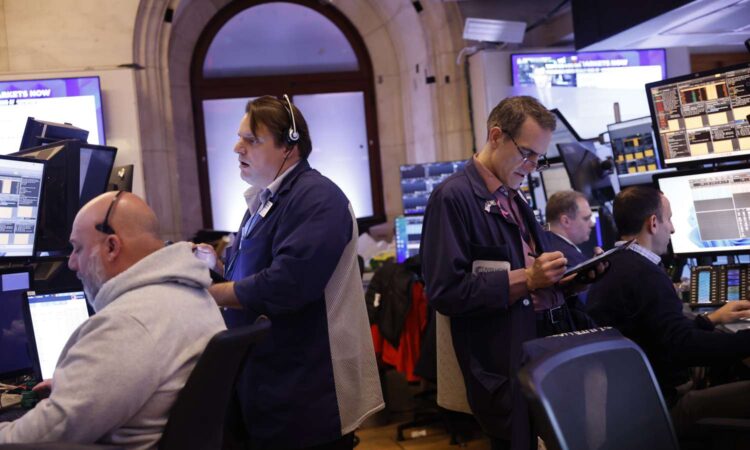
The liquidation level is the price at which the broker forcibly closes out a trader’s position to prevent further losses. First, there’s usually a warning in the form of a margin call to deposit more funds that haven’t been met. The broker determines the threshold before a client begins trading in a margin account.
Key Takeaways
- The liquidation level, normally expressed as a percentage, is the point that, once reached, will start the automatic closure of positions.
- The liquidation level is usually predetermined by the brokerage firm.
- Liquidation levels are typically associated with margin accounts for foreign exchange (forex) and cryptocurrency trading, but they apply to any securities traded on margin, including stocks and other securities.
- The liquidation level is a fail-safe or risk management feature that protects traders and dealers from taking on significant losses beyond a specific point.
Understanding the Liquidation Level
The liquidation level is a predetermined point at which an automatic liquidation process begins. The broker may issue a margin call first, so the liquidation level isn’t reached. This differs from the “liquidation margin,” which is the value of everything in an account should it be closed. Here’s how it works:
- Margin requirement: When you open an account that uses leverage, you must maintain a certain amount of money. This margin serves as collateral for what’s borrowed.
- Maintenance margin: The broker sets a maintenance margin level, the minimum amount of equity (account balance plus or minus any unrealized gains or losses) that must be maintained in the account to keep the positions open.
- Margin call: Before reaching the liquidation level, the broker may issue a margin call, alerting you that what’s in your account is fast approaching the maintenance margin level. You must then deposit more funds or close some positions to avoid liquidation.
- Liquidation level: If the market moves against your positions and the amount in your account falls below the maintenance margin required, you might reach the liquidation level. At this point, the broker won’t need your permission to close some or all of your open positions to prevent further losses for both you and them.
The liquidation level is a risk management tool brokers use to protect themselves and their clients from the potentially devastating effects of leveraged trading. It’s crucial for traders to understand how liquidation levels work and monitor their accounts closely to avoid involuntary liquidation of their positions.
A typical margin account requirement is for clients to have at least 25% of their own money compared with the total market value of their positions at any given point, though it’s often higher.
Liquidation Level as Risk Management
The liquidation level helps manage risk and was developed to protect traders and dealers from significant losses beyond a preset limit. When a trader’s account funding reaches the liquidation level, all positions the trader holds will automatically close at the best available rate. The levels that can trigger this action depend on the broker.
Trading in currencies and securities often calls for the use of leverage. The initial upfront trading amount, known as the margin, is needed to access the foreign currency market. If there’s extreme market volatility, wide price swings can result in a rapid succession of margin calls and significant losses.
When a dealer handles trades for clients on their behalf, the dealer is taking on the risk of potential losses should the traders lose money. Another risk to the dealer is that the trader won’t be able to repay the borrowed funds used to initiate their trades. The liquidation level protects the dealer and trader and assures dealers that they have mitigated their exposure to potential losses.
Are Liquidation Levels Only Used in the Forex Market?
Liquidation levels are most commonly used when trading in currencies, including on cryptocurrency exchanges. However, they are used for all accounts with margin, including those for securities trading.
What Price is Used When a Trader’s Position Is Liquidated?
If a liquidation level is reached and a trader’s positions are closed, the trades will occur at the best available price when the positions close. If the market is volatile or prices fall quickly, the trades can take place at a lower-than-expected price, leading to larger losses than anticipated.
Are There Liquidation Levels for Non-Margin Accounts?
Brokers typically do not set a liquidation level for accounts that do not use margin. However, traders can use stop-loss orders to sell if a cryptocurrency or currency price falls to a specific point, which accomplishes something similar.
The Bottom Line
Liquidation levels serve as a safeguard for traders who use leverage and the broker that offers the leverage. The amount that a trader can lose is limited by automatically closing a forex or cryptocurrency position if it falls below a set level. However, in some cases, market volatility can cause a position to close even if it would regain its value shortly. Before trading, it’s important to understand the liquidation level, if any, of your positions.


